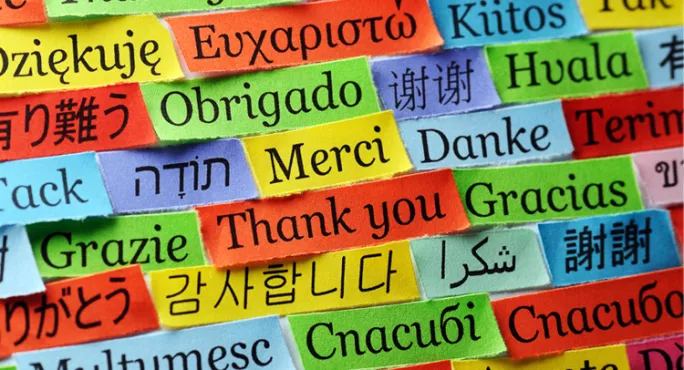“Ethical chocolate” is the chosen topic of Lucas’ bright and neat display, which we are all reviewing at our first language cluster meeting for the year.
Simona, language coordinator and PYP language acquisition teacher, is now addressing us: “Look at this example of a project by a Year 6 student from last year. Do you think it reflects this student’s multiple talents and cultural and linguistic identity?”
The display in front of us presents accurate and well-researched information and everything is written in English.
But Lucas’ first language is not English, but Dutch. He is now a balanced bilingual student in Dutch and English, and his spoken Italian is also approaching a near-native competence.
So if this personal project had the aim to showcase his multiple, unique skills and abilities, as well his complex linguistic and cultural identity, it fell short of the mark.
Language and student identity
After all, one’s mother tongue is fundamental to our sense of self - and something international schools should be celebrating and promoting to help students feel protected and nurtured while we open their minds to the world.
One way we do this is with language.
Indeed, this is why linguistic identity is stated openly within our school’s language policy: we strongly encourage all families to use, maintain and develop the child’s mother tongue at home.
And our official language policy documents also specify that students are encouraged to think and problem-solve in their own mother tongue while carrying out activities.
I’m sure most schools aim to do the same but in the past I have also witnessed students from non-English speaking environments shrinking their identities to fit within a culture and a language they did not belong to.
Sometimes the new context was so foreign to them that their identity was lost, and a sense of personal failure and dismissal towards education prevailed.
In order to grow international mindedness, we need to water the roots of belonging.
Promoting the mother tongue
That is why we encourage multiple activities that promote these values, one of them being “Teach me your language”.
Students whose first language is not English take charge and teach their peers a skill or activity in their mother tongue (and through their mother tongue) over a period of time. Then students do a peer- and self-assessment and reflection on what they learned.
Multilingualism and international mindedness can be promoted through so-called intercultural scenarios activities.
These can be done partly in the mother tongue, partly in English.
Students in groups model scenes that might be occurring in the context of their mother tongue.
These scenarios should present a so-called “problem”, an issue which needs to be resolved and clarified by the other groups.
The students who created the scenario become the facilitators for their classmates, then they swap roles.
Different languages are also made visible in the classrooms and corridors, not so much through words and signs but rather through thought-provoking photos, cartoons and displays, which introduce an element of “diversity” without stereotyping.
Who we are
The impact is clear. The multilingual nature of our school is second nature for our students, who converse in several languages with ease.
Such an environment marries perfectly with the IB philosophy, where international mindedness is the ultimate, always-shifting goal we would like our students to aim for.
I believe that celebration of our own linguistic identity is the basis of an education based on mutual respect and tolerance.
Fulvia Galigani is an International Baccalaureate language and literature teacher at an international school in Italy

